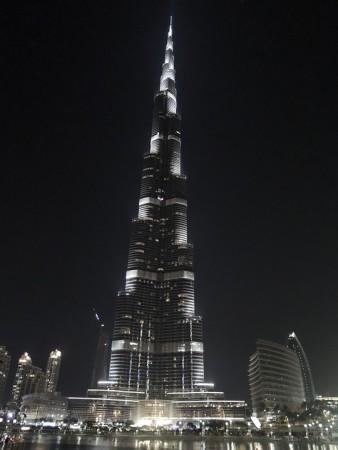![[Representational image] asteroid, asteroid collision,](https://data1.ibtimes.co.in/en/full/677158/asteroid-asteroid-collision.jpg?h=450&l=50&t=40)
A giant asteroid, bigger than world's tallest building – Burj Khalifa, will fly past our planet within two weeks.
ALSO READ: UFO or balloon? Netizens mock newspaper editor for publishing photos of 'mysterious object' [Video]
Here are the top things to know about the space rock:
1. Dubbed 2002 AJ129, the asteroid has been classified as "potentially hazardous" by NASA. It is 1.1 km (0.7 miles) wide and 0.8km (0.5 miles) high.
2. The asteroid will be flying past our planet at a pace of 107,826kmh (67,000mph), which makes it fifteen times quicker than the fastest manned aircraft in the world -- the hypersonic North American X-15, which travelled at 7,300kmh (4,520mph).
3. According to NASA, all asteroids that come within a range of 7,403,00km (4,600,000 miles) are hazardous, hence 2002 AJ129 is also considered as a potentially dangerous asteroid.
ALSO READ: Having sex while menstruating can benefit women, reveal gynaecologists

4. It will be the largest asteroid to jazz by Earth this year, according to previously conducted research, Earth could get plunged into mini-ice age if it gets hit by space rock of this size. This would cause the average temperatures around the world drop by 8 degree Celsius, a 2016 study regarding the impact of the collision of a 1km (0.6mile) wide asteroid.
5. According to scientists, this severe global impact would last for several years and it would turn the world into a darker, colder and a much drier place.
ALSO READ: Woman and her partner made 10-year-old son carry out sex act and took naked selfies
"These would not be pleasant times," Charles Bardeen, of the National Center for Atmospheric Research, was quoted as saying by the Mail Online.
6. Earth would remain covered with soot for a decade and it would take six years for the dust to settle back on the planet in case of the worst scenario. Fortunately, NASA believes that Earth will not be struck by this space rock.

















